Imagine this: after an exhilarating muddy off-road adventure, I was back home with my Jeep, only to discover that my trusted tube of super glue had betrayed me, dripping its adhesive grip onto my leather seat. In that moment of panic, I couldn’t have predicted that this mishap would become the catalyst for uncovering expert secrets on how to remove super glue from leather. As someone who often relies on adhesives for repairs, I knew I couldn’t just let this go. Instead, I dove into an unintended experiment, testing various methods derived from both research and sheer necessity. Through this hands-on approach, I learned that while some techniques shine, others can leave you with even more damage. Join me as I unravel these discoveries, sharing what truly works and the valuable lessons learned through trial and error.
What is Glue and How Does It Affect Leather?

Did you know that the chemical composition of glue can determine how it interacts with different materials? This revelation was a game-changer during my engineering days, when I immersed myself in the world of adhesives. Understanding how different glues adhere to surfaces like leather is essential for anyone attempting to remove them safely.
In my experience, super glue and rubber cement don’t behave the same way on leather. Each brings its own challenges because of their unique bonding properties. While rubber cement remains somewhat flexible and forgiving, super glue forms a tight, rigid bond that can pull at the very fibers of leather, risking permanent damage if not handled with care.
Yet, not all my attempts were straightforward successes. Learning about the structure and porosity of leather taught me that each instance requires a tailored approach. For example, while leather’s porosity allows it to comfortably mold to shapes and absorb dyes, it also means that aggressive adhesives like epoxy can seep in too deeply, sometimes causing irreversible damage if not addressed immediately.
These varied interactions ignited my curiosity about developing customized glue removal strategies. This journey wasn’t without its missteps, but each one deepened my understanding, equipping me with practical insights I’ve now distilled into this guide for safely removing glue from leather.
Where to Find Glue Removal Products
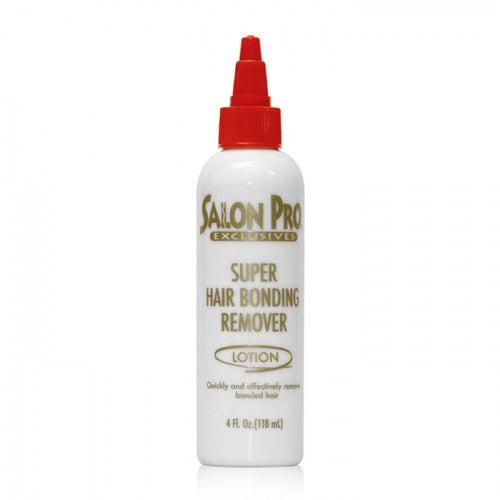
After a DIY project went awry in my workshop, I found myself on a mission to discover the best glue removal products. I quickly realized that solutions might be closer than you’d think. What’s the first product that comes to mind when you think of glue removal? Many might consider heading straight to the store, but during my trials, I uncovered some surprising allies in my own home.
Countless hours spent in the garage taught me that simple household items like vinegar and rubbing alcohol can be lifesavers for leather care. These readily available substances quickly became my go-to remedies, especially when specialized products seemed unnecessary or hard to find. Of course, there are times when a project requires the heft of commercial solutions, but for most day-to-day mishaps, my past experiences prove that what’s on your kitchen shelf might just do the trick.
For those times when I did seek out more robust options, my first stop was usually a local hardware store or an online marketplace where reviews and recommendations from other glue-removal enthusiasts could guide me. Ultimately, knowing where to look and when to use what you already have makes all the difference, sparking creativity and resourcefulness in every leather-saving endeavor.
When to Act: The Importance of Prompt Glue Removal
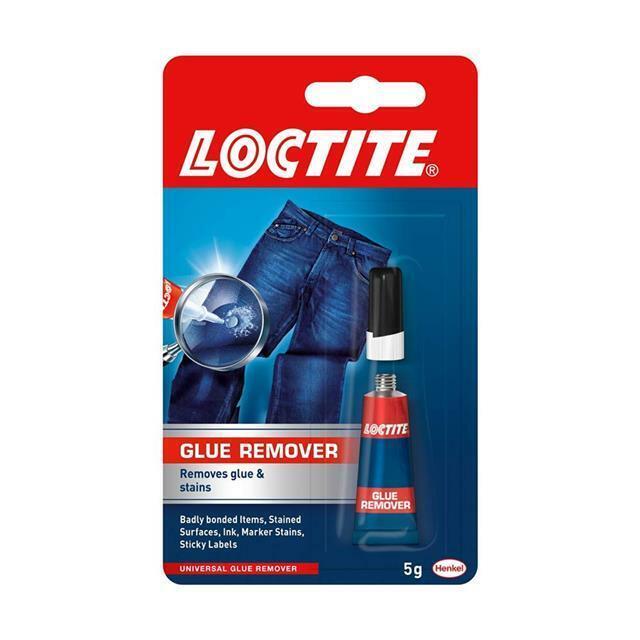
I remember a time I hesitated to remove glue immediately, telling myself I’d do it later. Unfortunately, that delay resulted in a larger stain. This experience drove home the importance of prompt action; the sooner you address a glue stain, the higher your chances of successful removal without damage. What happens if you leave glue on leather for too long?? Allowing glue to linger gives it time to bond deeply with the material, making it harder, if not impossible, to remove without harming the leather.
Through my own trial and error, I’ve discovered that quick action is critical. That initial contact is when the glue is most vulnerable. If you intervene swiftly, you can often lift the glue without leaving a trace. Waiting, however, can lead to mourning the beauty of your favorite leather piece. This vigilant approach is not merely about keeping things pristine; it’s about preserving the longevity and quality of your leather.
Why Certain Methods Work Better Than Others

Ever wondered why some glue removal tricks seem to fail while others work wonders? Through years of testing in both my professional and personal life, I’ve experienced the stark contrasts that come with different methods. Understanding these nuances can be the difference between saving a prized leather piece and inadvertently contributing to its demise.
My journey began with eagerness to master the art of glue removal, driven by both success and failure. For instance, I quickly learned that using heat to soften glue offers mixed results. While it can effectively loosen the adhesive bond, the potential to damage leather is high if the heat is not carefully controlled. This realization was transformative, highlighting the importance of caution and the delicate nature of working with leather.
On the flip side, simple ingredients like vinegar have surprised me with their potency. The mild acidity of vinegar effectively breaks down glue, especially when the glue is fresh. Such discoveries have become staples in my recommendations, offering safe, accessible alternatives to chemical solvents that might overwhelm or damage leather.
So, why do certain methods work better than others? It often boils down to understanding the unique characteristics of both the glue and the leather itself. This understanding has refined my approach, ensuring that each method is tailored to treat the leather with the utmost care while effectively resolving the issue at hand.
How to Safely Remove Glue from Leather: Step-by-Step Techniques
Using Common Household Items
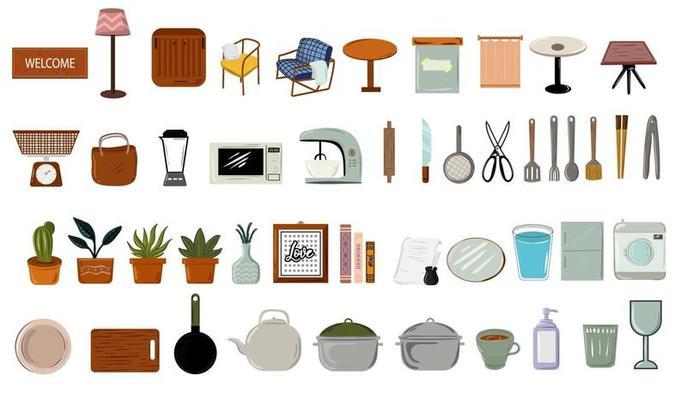
What if I told you that your kitchen could be a treasure trove for glue removal solutions? From the moment I ran out of commercial removers during a leather project, I discovered the remarkable potential of common household items like baking soda and olive oil as unexpected allies in glue removal.
These everyday items can gently soften dried glue without causing damage to delicate leather surfaces. As I experimented, I realized that a simple paste of baking soda mixed with a few drops of olive oil could effectively break down the adhesive’s stubborn grip. This not only saved the leather but also my time and money spent on specialty products.
My journey taught me that the best glue removal techniques often start with being innovative with household items. It’s about leveraging what’s readily available and using it effectively—a skill that enhances both sustainability and creativity in leather care.
Having shared this insight, we can now explore commercial products for those tougher glue challenges that home pantries might not tackle.
Commercial Products for Glue Removal
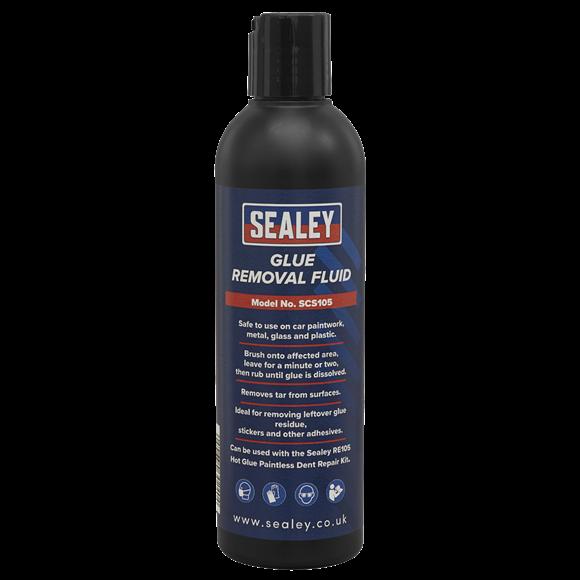
In my experience, not every commercial glue remover is safe for leather. Are all commercial glue removers safe for leather? Unfortunately, I learned that the hard way. The allure of a quick fix often tempted me to try various products, but I realized that some removers caused more harm than good. A specific brand I tried promised efficiency, yet it left my leather more damaged than it started. This taught me to always read labels meticulously, ensuring the product explicitly states its compatibility with leather and to conduct a small patch test first.
Commercial products offer targeted solutions, but choosing the right one is crucial. My engineering background instilled a belief in methodical approaches. It’s paramount to understand which products effectively dissolve glue without compromising the integrity of the leather. Integrating this knowledge into your leather care practices ensures you not only remove glue safely but also preserve the leather’s quality for the long term. As you proceed, remember these cautions to support optimal leather care after glue removal, safeguarding your items for continuous use.
Tips for Leather Care After Glue Removal
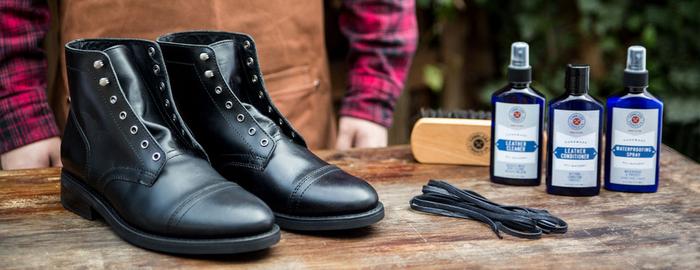
Did you know that your leather needs special care after glue removal to maintain its longevity? This is something I quickly discovered when my beloved leather jacket, once pristine, showed early signs of cracking and fading after I painstakingly removed some stubborn glue. While successfully removing glue can feel like a triumph, I’ve learned that it’s just the beginning of ensuring the leather remains supple and beautiful.
Once the glue is gone, the next crucial step is to replenish the leather’s moisture. I always emphasize the importance of conditioning as soon as possible. A good quality leather conditioner doesn’t just restore moisture; it revitalizes the flexibility of the leather, helping prevent future damage. I’ve found that consistency is key. Regular conditioning becomes a protective routine, reinforcing the leather’s resilience to wear and tear over time.
Over the years, my trials and errors have taught me that treating the leather with the same care I use to remove the glue pays off significantly. Not only does the texture remain smooth, but the color stays vibrant, ensuring my favorite pieces continue to look fantastic. Trust in this post-removal care; your leather will thank you for it.
FAQs
What Is the Best Method to Remove Glue from Leather?
The best method to safely remove glue from leather is to use a combination of white vinegar and water. Mix equal parts, apply to a cloth, and gently dab the affected area until the glue softens. Avoid scrubbing to prevent damage.
Can I Use Household Items to Remove Glue from Leather?
Yes, household items like olive oil and vinegar can be effectively used to loosen glue without harming the leather. Test on a small inconspicuous area first to ensure there is no discoloration.
Is It Safe to Use Heat to Remove Glue from Leather?
Using heat, such as a hair dryer, on low settings can help soften glue for easier removal. However, excessive heat can damage leather, so it should be used with caution and in moderation.
What Should I Avoid When Removing Glue from Leather?
Avoid using harsh chemicals like acetone or bleach, which can strip the leather’s finish and cause discoloration. Also, avoid excessive scrubbing, which may scratch or weaken the leather surface.
How Can I Prevent Damage While Removing Glue from Leather?
To prevent damage, always test any cleaning solution on a hidden area first. Use gentle, circular motions when applying any liquid and avoid over-saturating the leather. Patience is key to safely removing glue.
Conclusion
Throughout my journey from engineer to journalist, I’ve learned the importance of patience and the right techniques when tackling glue stains on leather.
What’s the takeaway message from everything we’ve covered about glue removal? It’s about embracing hands-on, practical methods to safely remove adhesive residue from leather.
By applying the leather glue removal tips shared, you can confidently address these challenges and avoid the pitfalls I encountered in my early days. Remember, acting promptly is crucial in minimizing damage, and whether you’re using common household items or specialized commercial products, always prioritize safety and care for your leather goods. With these strategies, you can not only remove glue effectively but also ensure the longevity of your leather treasures. So, approach each glue stain with confidence, ready to restore the leather’s smooth elegance without hesitation. Embrace these expert secrets, and you’ll find that removing glue from leather is no longer a daunting task.